Henan Vest Machinery Co.,Ltd
News Details
Single Superphosphate Production Line
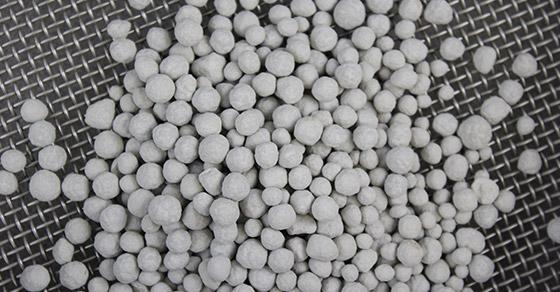
What is an SSP fertilizer?
In the single superphosphate production line, phosphate rock is required to react with sulfuric acid. SSP fertilizer composition is:
20% P2O5
12% S
31% CaO
A key component of SSP fertilizer is sulfur. SSP is ideal for use on soils that have a sulfur deficiency, or with crops that have high requirements for sulfur as well as phosphorus. SSP is an ideal non-nitrogen phosphate fertilizer for leguminous crops like legumes (alfalfa, clover, soybean) which can obtain their own nitrogen supply from the air by symbiotic fixation. It is also ideal for Cruciferae (canola, rapeseed) which have a high demand for sulfur.
What Is Process Of SSP Fertilizer Manufacturing From Phosphate Rock?
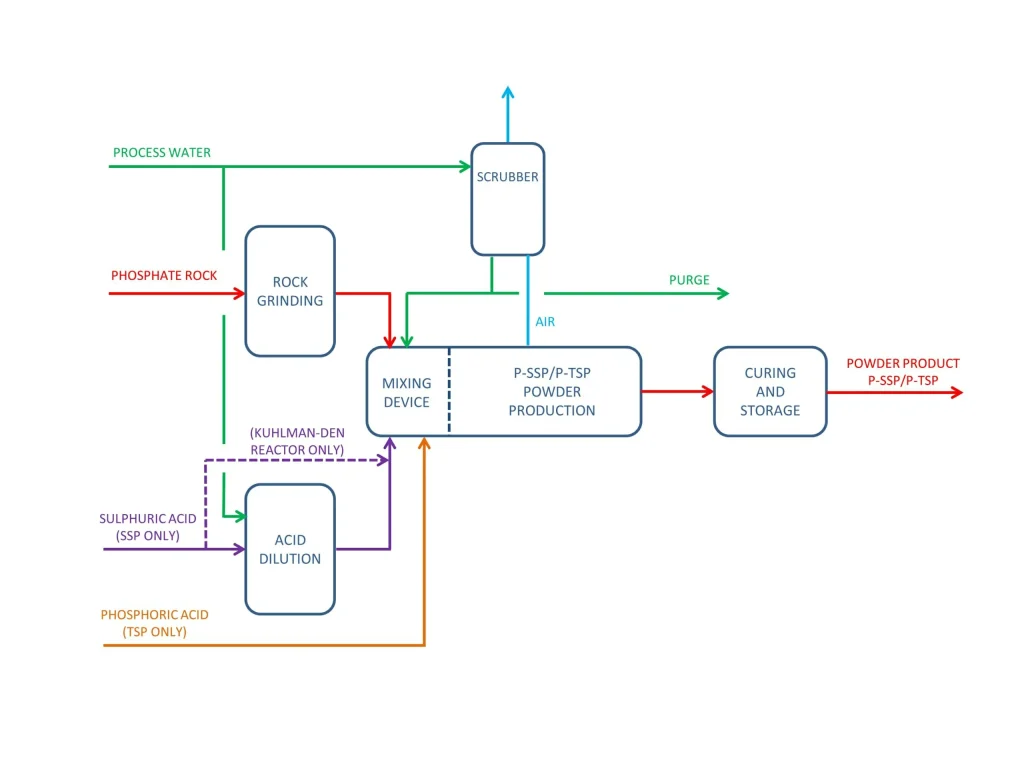
Step 1: Grind the Phosphate Rock into Powder
If your superphosphate fertilizer raw material is phosphate powder, you can begin producing superphosphate fertilizer immediately. However, for plants using phosphate rock as a raw material, the first step is to grind the phosphate rock into a fine powder. This is crucial for producing high-quality single superphosphate fertilizer. Jaw crushers and Raymond mills can help you quickly crush large amounts of phosphate rock into fine particles of 80 to 1000 mesh.
Step 2: Acidification
Next, when acid comes into contact with the phosphate rock powder, phosphoric acid is produced. This reacts with the remaining phosphate rock powder to produce the desired single superphosphate fertilizer. A blender is essential for this process. It evenly mixes the liquid sulfuric acid with the phosphate rock powder, promoting the reaction. This is very beneficial for quickly producing superphosphate fertilizer.
Step 3: Phosphate Fertilizer Granulation
For easier transportation, storage, and use, most superphosphate fertilizer manufacturers further granulate the blended superphosphate. This makes the superphosphate less hygroscopic and allows for longer storage. Furthermore, granulating superphosphate fertilizer is an effective way to prevent nutrient stratification and prolong fertilizer effectiveness.
Step 4: Drying and Cooling
Is that the end? Of course not. To produce higher-quality granular phosphate fertilizer and maximize profitability, we recommend drying the superphosphate granules after granulation. A moisture content below 10% is crucial for improving the quality of phosphate rock fertilizer during storage and transportation. VEST can provide you with professional fertilizer dryers.
For a Single Superphosphate Production Line, phosphate rock and concentrated sulfuric acid are recommended over concentrated nitric acid for three reasons:
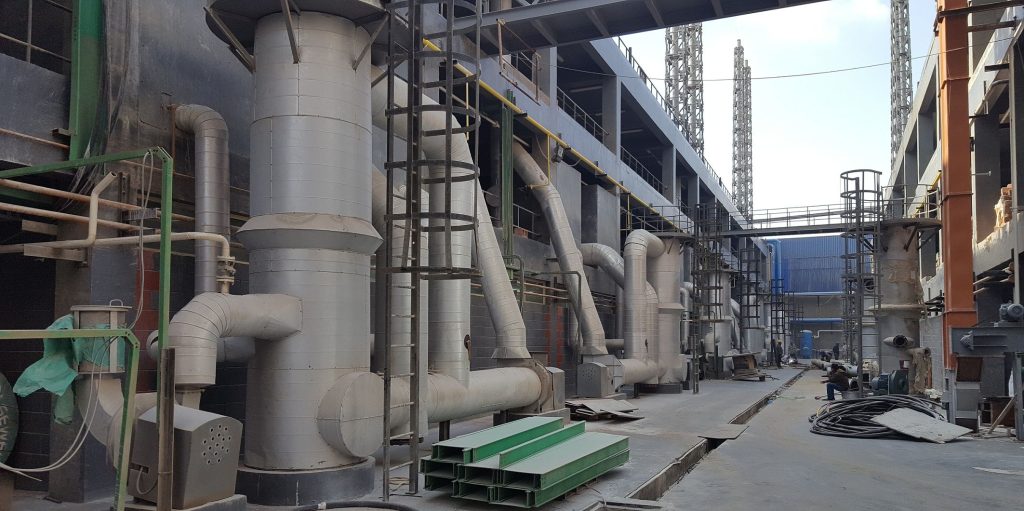
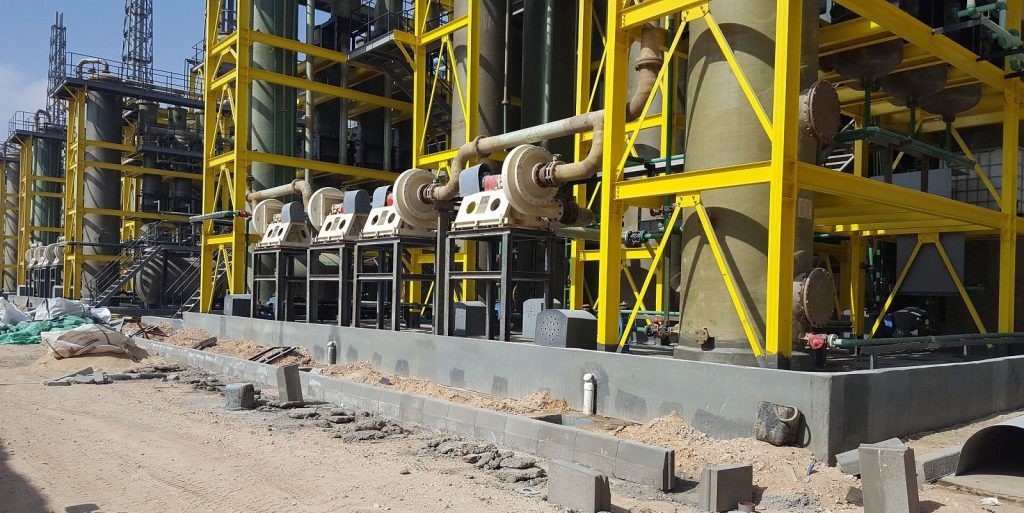
If you require fertilizer solutions using other materials, we also offer custom designs. Examples include bentonite fertilizer processing solutions, cow dung fertilizer production systems, chicken manure processing solutions, sheep manure fertilizer technology, and more.
Contact us today to customize your unique fertilizer solution!
Related Posts
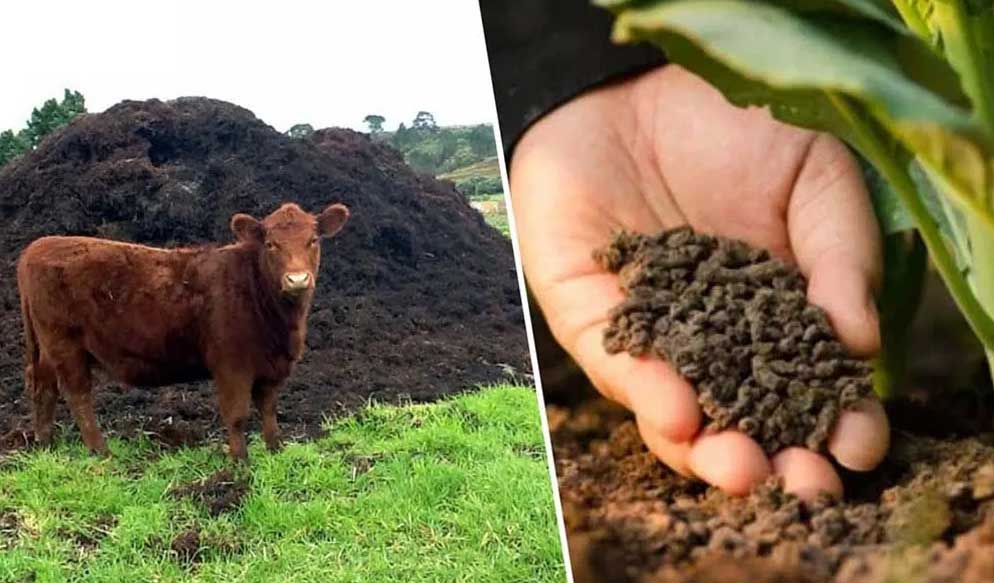
10 月 8, 2025
Making Biofertilizer from Cow Dung – Cow Dung Composting
During cattle breeding, if cow manure is not processed in time, it will cause air pollution, breed a...
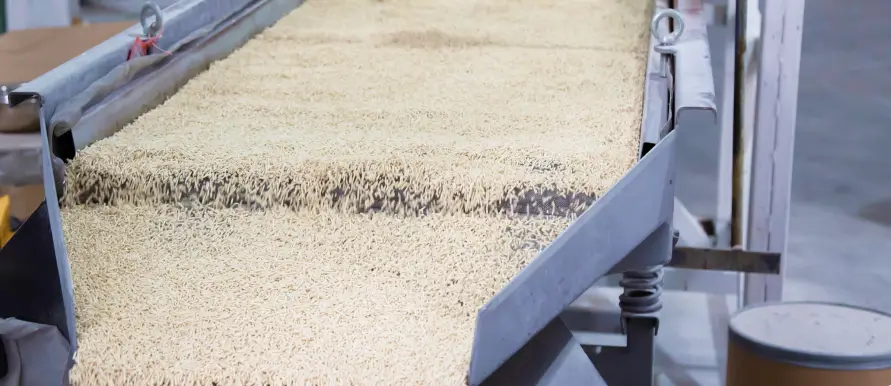
9 月 25, 2025
The Complete Bentonite Production Line Process
What is bentonite of Bentonite Production Line? Bentonite, also known as montmorillonite clay, is a ...
Give us a call or Simply Complete the Form
Address:Zhengzhou City, Henan Province, ChinaPhone:+86-15538359886Email:[email protected]
.png)